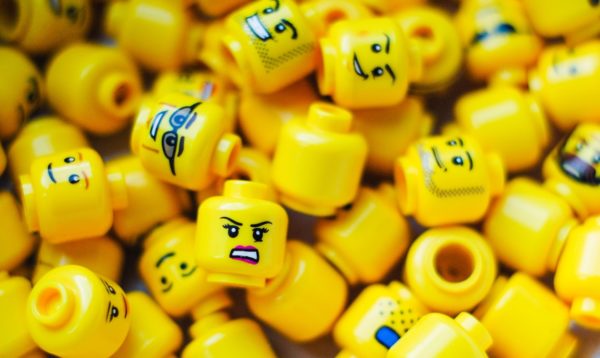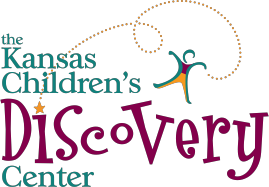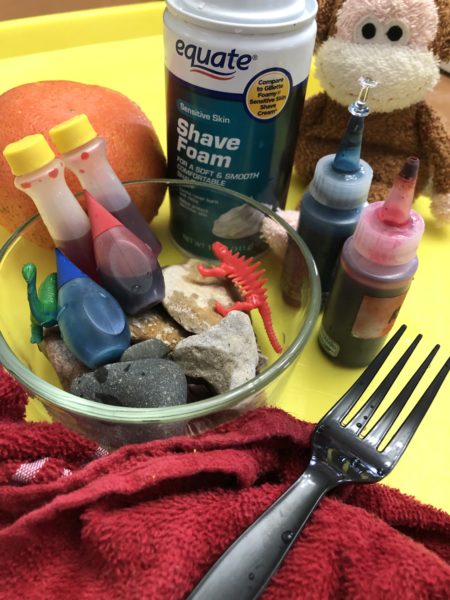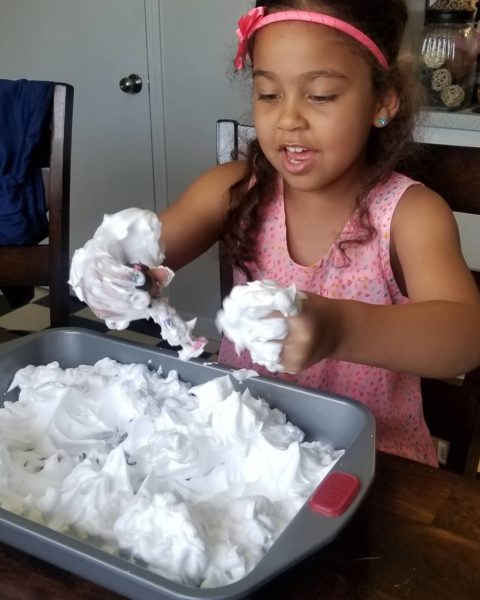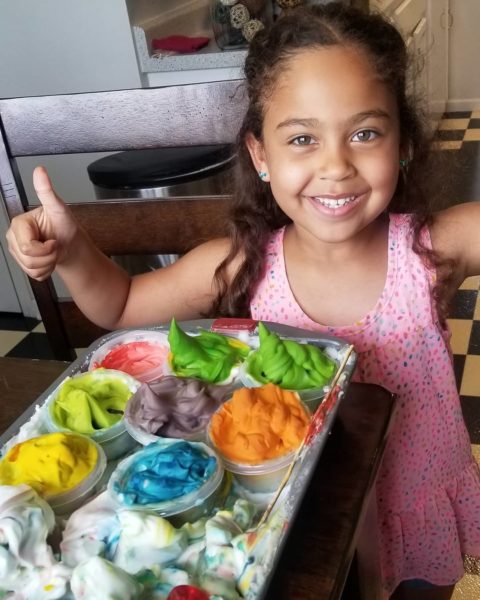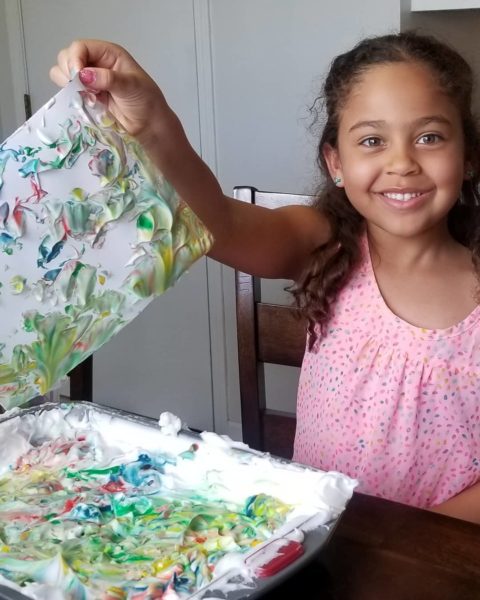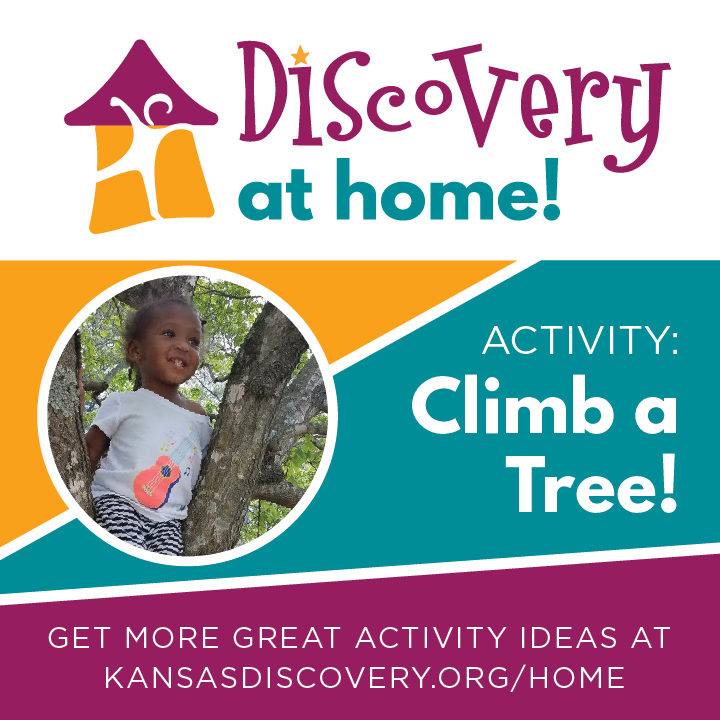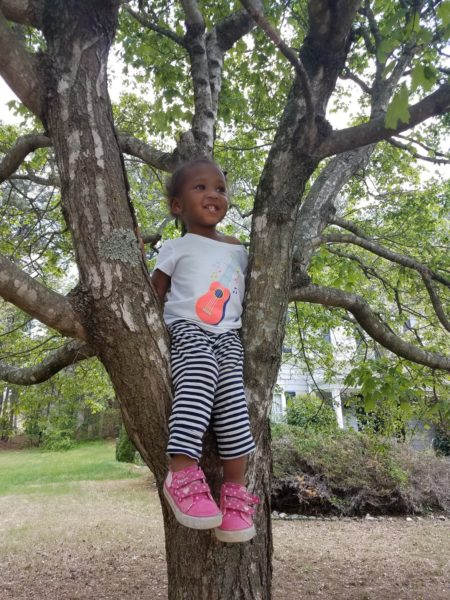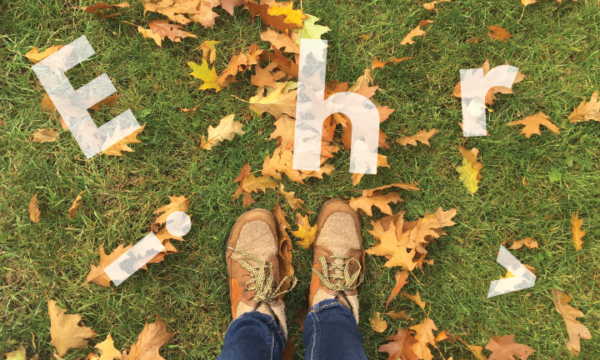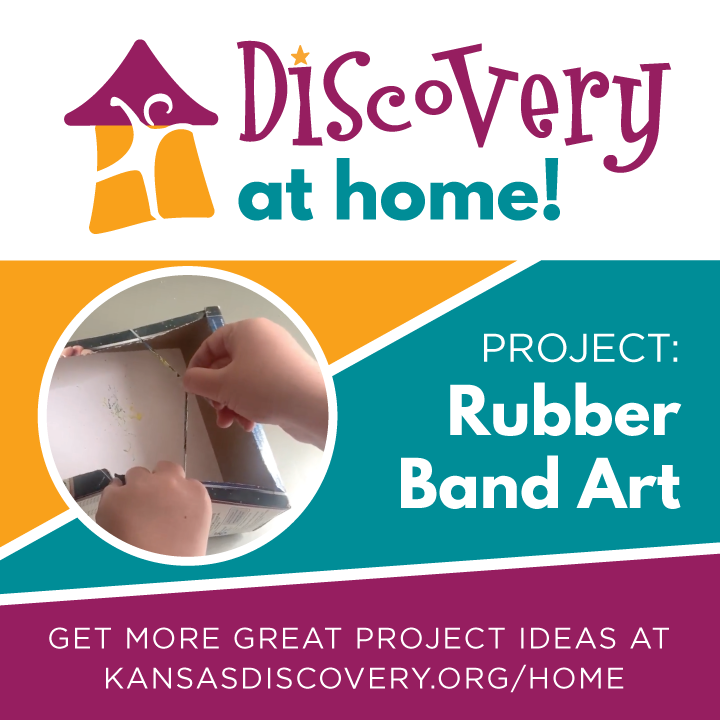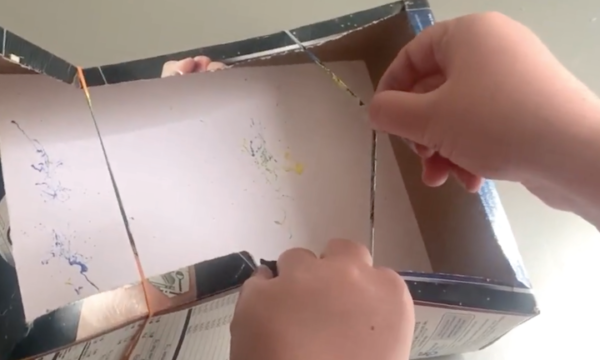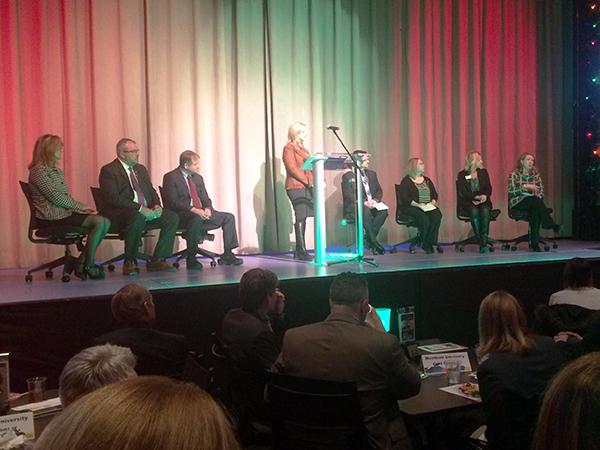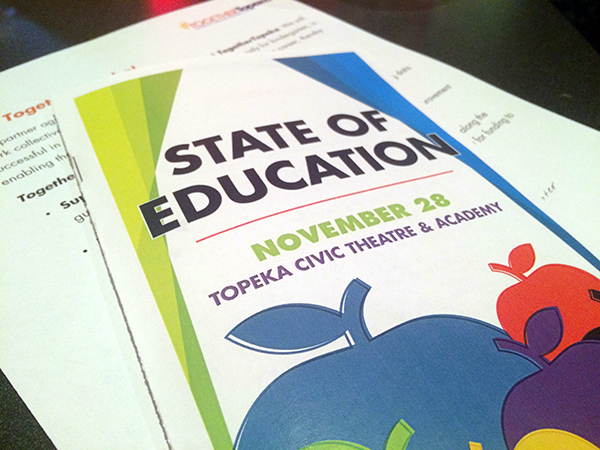by Nicole Meier
Ready or not, the first day of school is coming very quickly. Here are just a few ways you can help your kindergartner (or any child) have a successful first few days and a stupendous year! I love alliteration. Therefore, why there had to be six tips.
Sleep. Our body needs sleep. Children need even more sleep as they are growing and developing. An average preschooler (ages 3-5) needs 10-13 hours of sleep. Elementary aged students are recommended 9-11 hours sleep each night. So a kindergartner age wise is right at the 11-12 hours of needed rest. This can be difficult with our busy lifestyles, but it is so important for your child to be successful in school (and be bearable at home too). Making sure your child has a set bedtime routine is one key for them getting a great night of rest. Make sure reading a bedtime story is part of that routine. It is also normal for kindergartners to come home and fall asleep right away the first few weeks of school. Their bodies are adjusting to a lot of stimuli. If possible, do not plan a lot of evening activities the first couple weeks of school for young children. Let their bodies and brains rest.

Support. Let your child and her teacher know you support the teacher. Be positive about his teacher in front of him child. Conflict is a part of life and if you have one with the teacher make an appointment with the teacher to discuss it, don't talk about it in front of your child. Your child will mess up, just like we all do, teachers too. Making mistakes is part of the learning process. We learn more from failure than success. When the inevitable note or phone call comes, remember teachers aren't out to get your child. They want what is best for your child. Communicate with your teacher and work together to problem solve. If you work together and your child knows you will support the teacher there will be less disruptions/misbehaviors.

Spend time talking about your child's day. Ask questions about their day. Make sure to focus on the highlights and positive things. If your child brings up an issue absolutely discuss it with them, but be careful not to interview for pain. We can get in a mode where mama or papa bear comes out and we can make mountains out of molehills. Allow your child to try and problem solve as much as possible. Some great starter questions might be: What was the best thing that happened at school today? Tell me something that made you laugh today? If you could choose who would you sit by in class? Why? Where is the coolest place at school? If I called your teacher tonight, what would she tell me about you? When were you the happiest today? Who would you like to play with at recess that you have never played with before? Who in your class do you think you could be nicer to? Tell me about three different times you used your pencil today at school. The list really is endless.
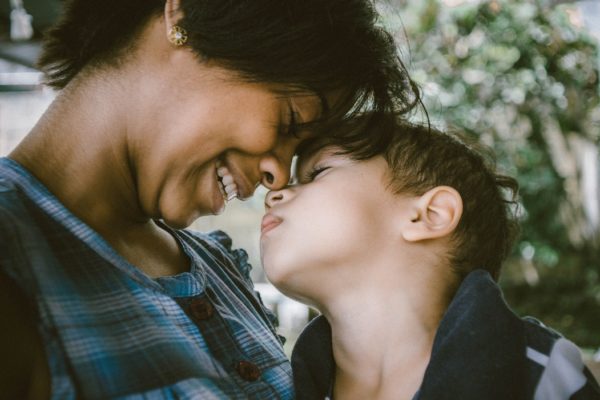
Step up. Get involved in your child's education. Being a part of your child's school shows your child you value their education. Show up to parent nights, school activities, parent/teacher conferences. Life is all about relationships. Develop a relationship with your child's teacher. Volunteer at the school. This can take on many different forms, ask at your school what needs they have. Get involved in your PTO/PTA. Working parents can be involved too. Ask if there are at home jobs like cutting out lamination, putting together packets, tearing workbooks and other odd jobs. There is room for everyone. It takes us all working together.
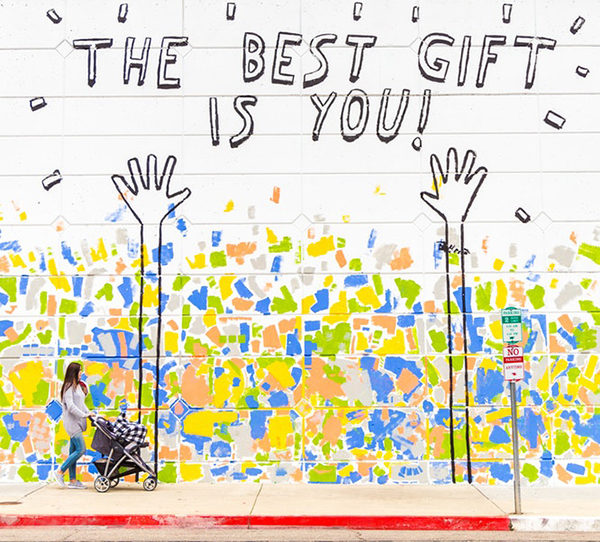
Supplies. This goes along with stepping up. If you are a working parent and it is hard to get to the school to be involved, ask if there are supplies that are needed. I can guarantee there will always be something that is needed. Most teachers spend their own money on their students and classroom. There are lots of supplies that allow teachers to do extra hands on learning that are not always provided by the schools. Show you support your child's education by getting supplies. Every little thing helps!
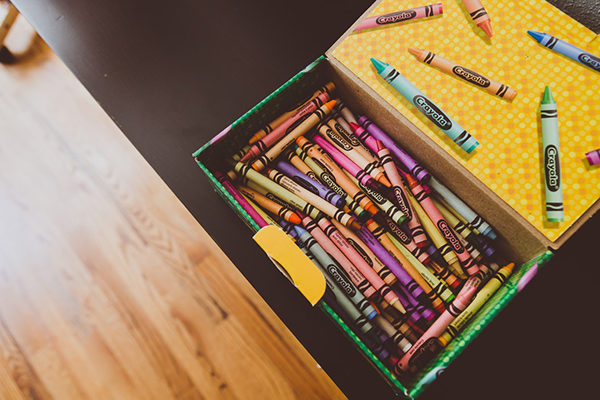
Smile & Separate. Especially young children who have been with their parents a lot may be nervous or anxious about starting school. The best thing you can do for them is to calmly reassure them that they are going to have a great day, smile real big and separate from your child. If at all possible keep your emotions in check until you are out of your child's sight. Then go have a good cry if you need to. Your child's teacher is going to be ready with their own smile to take your child in and care for them and keep them safe. Especially if your child is throwing a fit or is anxious, the sooner you can separate the sooner they can practice self-regulation skills (with the help of safe adults if needed) and have a great day!
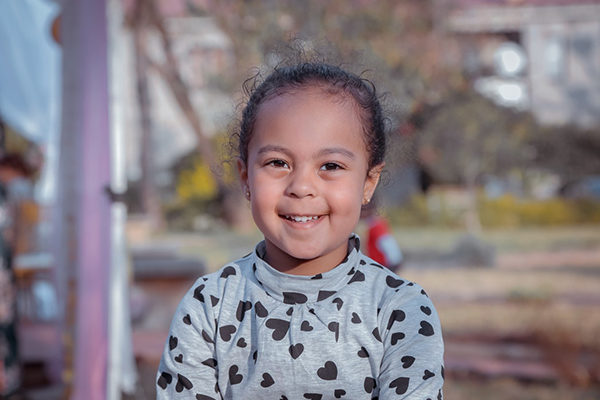
Six simple steps, but not always easy. I hope your child has the best year ever! The days can be long, but the years are short. Enjoy this exciting time!
